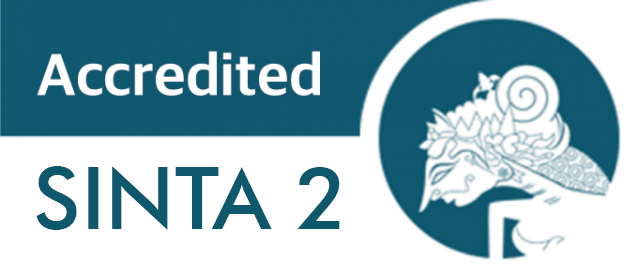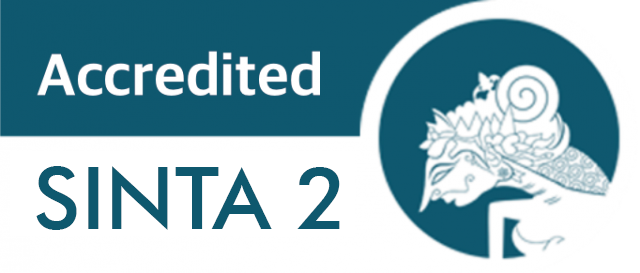The Relationship between Self-Regulated Learning (SRL) and Cognitive Function with The Performance of qEEG Examination in First Year Medical Students
Downloads
Introductions: Medical students are required to lifelong learning. Electroencephalog-raphy is a neuroscience tool that can be used to record brain wave activity related to a person's cognitive function. Objective: This study was conducted to see the relationship between self-regulated learning and cognitive function with quantitative electroencepha-logram (qEEG) parameters. Methods: This study used an observa-tional analytic approach to assess self-regulated learning and cog-nitive function using the MSLQ and MoCA-INA questionnaires. qEEG recording to see brain wave activity was done when the eyes were open and closed and seen in alpha and beta waves. The sam-ple of this study amounted to 32 respondents who were willing to carry out each research procedure. Results: The study findings reveal a significant correlation between SRL and qEEG parameters. In the open-eye condition, such a correla-tion exists in the frontal and central regions with regard to alpha waves (P = 0.046 and P = 0.047). In contrast, in the closed-eye condition, it exists in the occipital, central, and parietal regions with alpha waves (P = 0.005, P = 0.021, and P = 0.049) and the central region with beta waves (P = 0.030). There is a significant correla-tion between cognitive function and qEEG parameters observed in both open and closed-eye conditions within the frontal region beta waves (P = 0.024, P = 0.044, and P = 0.021). Conclusions: There is a relationship between SRL and cognitive function with alpha and beta wave activity on qEEG recording.
Copyright (c) 2024 Suzy Yusna Dewi, Audrey Alvura Digna, Feda Anisah Makkiyah, Taufiq Fredrik Pasiak, Ruziana` Masiran

This work is licensed under a Creative Commons Attribution-ShareAlike 4.0 International License.
1. Copyright of this journal is possession of the Author, by the knowledge of the Editorial Board and Journal Manager, while the moral right of the publication belongs to the author.
2. The journal allows the author(s) to retain publishing rights without restrictions.
3. The articles are published under a Creative Commons Attribution Share-Alike (CC BY-SA) license. Many research funding bodies prefer the CC BY-SA license because it allows for maximum dissemination and re-use of open access materials. Users are free to share (copy, distribute, and transmit) and remix (adapt) the contribution under this license, including for commercial purposes, as long as they attribute the contribution in the manner specified by the author or licensor.




























